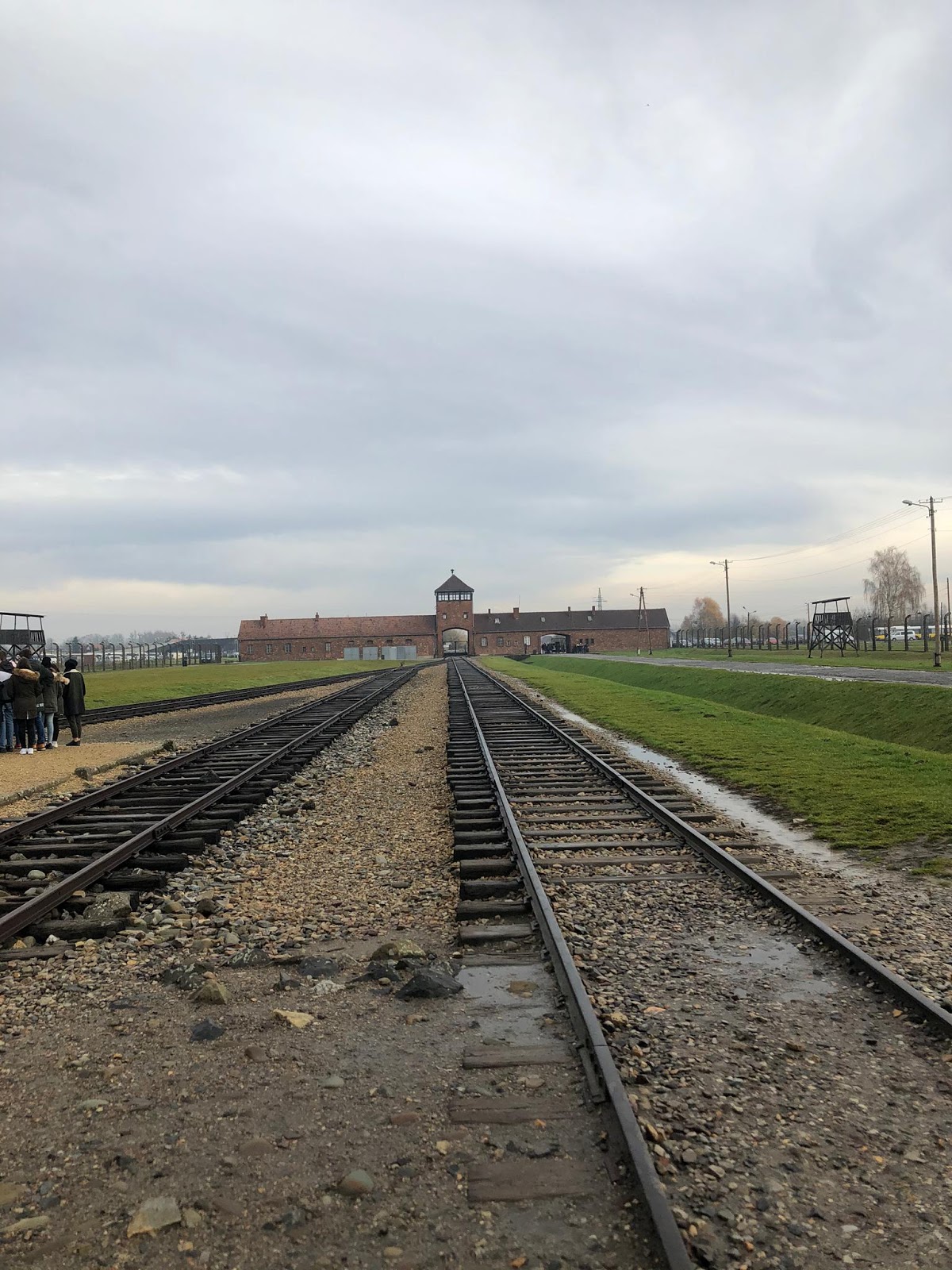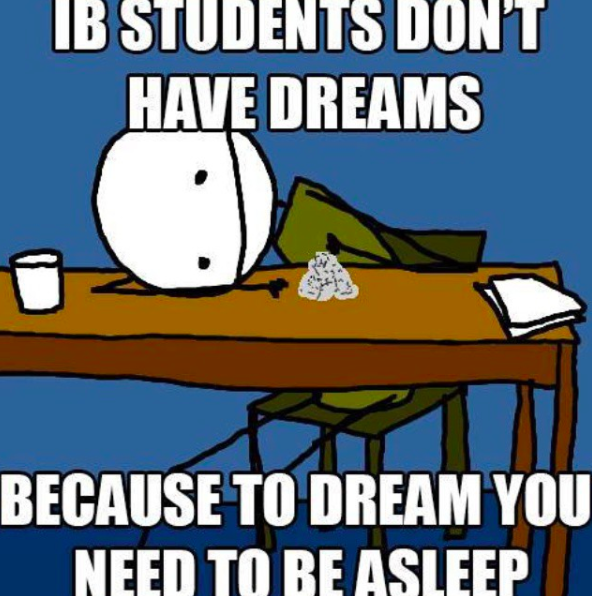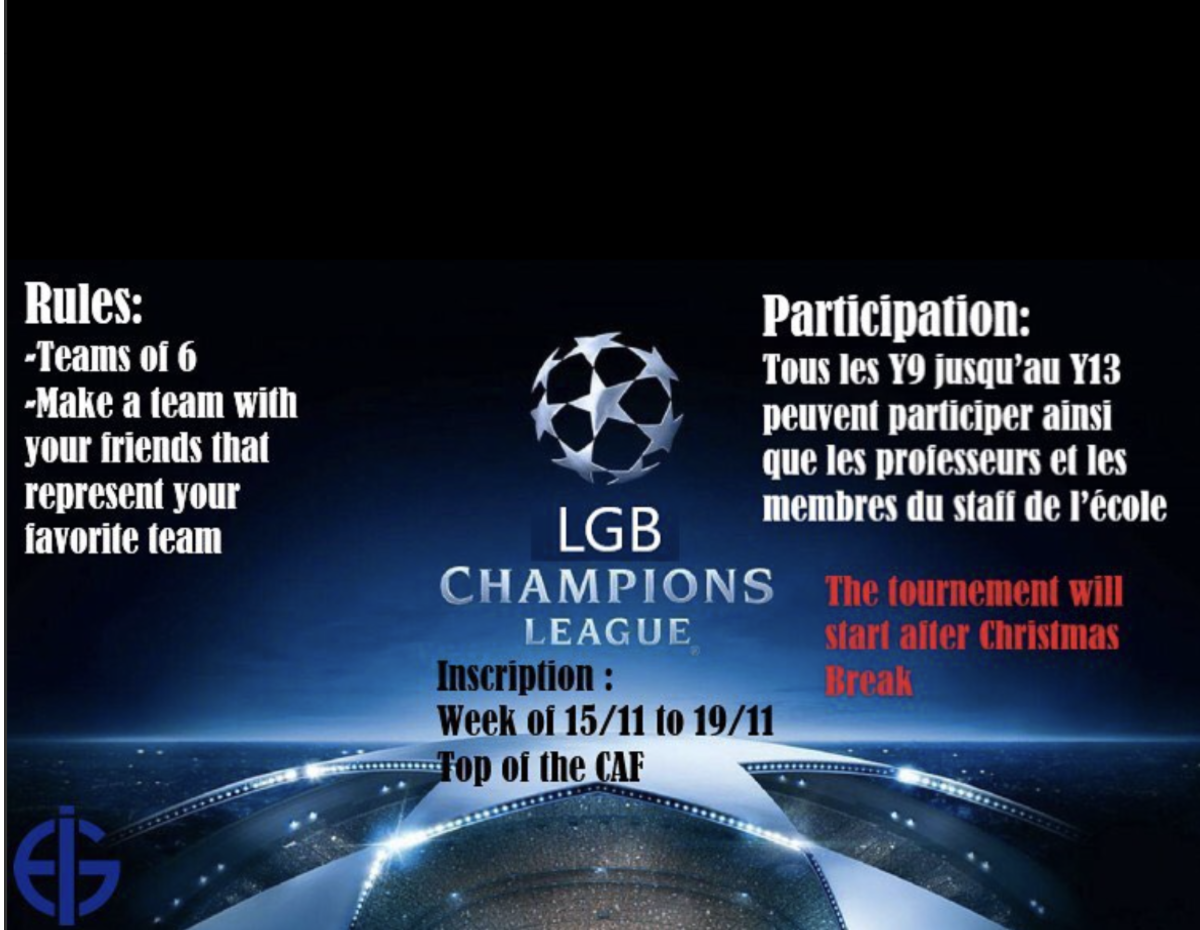By Jasmine Johnston, Y12
Every year, a trip to Auschwitz is organized in collaboration with CICAD, an organization which fights against Anti-Semitism and Defamation, for students to visit the former concentration camp in Poland where at least 1.1 million women, men and children were killed during World War II. Students across all 3 campuses, as well as other schools in Geneva are urged to visit, and we have had the privilege of interviewing a student on his experience.
What is the trip?
“On the 13th of November, the group met at the airport at 4:30, before taking a plane to Krakow. They then took a bus to the camp, where they received a guided tour of Auschwitz 2 as well as Auschwitz 1. In Auschwitz 2, also known as Auschwitz Birkenau, they saw the ruins of the camp. In Auschwitz 1, they saw the only remaining crematorium and the infamous ‘Arbeit macht Frei’ gate, which translates in English to ‘Work makes free’. Auschwitz 1 camp was similar to a museum, with exhibits showing prisoners’ belongings and pictures. Following the tour, they returned to Geneva at around 11 pm.
What motivated you to participate in this trip?
The trip was a very rare opportunity: Auschwitz is secluded and difficult to both access and experience, making it was a focused trip.
Additionally, visiting the site provides an experience which cannot be replicated through books, movies or pictures: visiting the place in person allows a feeling of deeper connection with the victims, and understand the horrors that took place there.
How was your emotional experience during the tour?
The Auschwitz Trip was a harrowing experience for several reasons.
At the beginning, visiting Auschwitz 2 was eerie because there were ruined buildings and the iconic train tracks which had been the site of all these horrors. These grim images contrasted starkly with the beautiful day: the purpose and the looks of the camp had an almost paradoxical relationship. Some religious figures gave speeches to commemorate the events. They were very well-spoken and helped me consolidate my thoughts. I felt myself slowly drifting into numbness after listening to all the suffering of these prisoners, realizing the true cruelty of the Nazis.
Visiting Auschwitz 1 was much more impactful. Although we were able to enter a gas chamber and crematorium, the classic examples of the Nazi horrors, what struck me the most was the museum dedicated to preserving the lives of the prisoners. It allowed me to understand the scale of what happened, I was faced with a profound sadness: the systematic oppression, torture and extermination of millions was an almost unimaginable horror.
What was the most difficult part of the trip?
The most difficult part of the trip was the rooms full of the belongings of prisoners. One particularly horrifying room, which many could not face, was filled with two tonnes of women’s hair cut from prisoners corpses. It was floor to ceiling and truly gruesome.
Would you recommend the trip?
I would definitely recommend the trip, not only for its historical significance, but also to raise awareness. The hate that the Nazis created was unthinkable, and yet could horrifyingly arise even today, given the right political and social circumstances. I see the importance in understanding the mistakes of our past to prevent their repetition.”
A special thanks goes to Jacob Mansfield who gave his thoughts on visiting the concentration camp, Auschwitz for this article.



